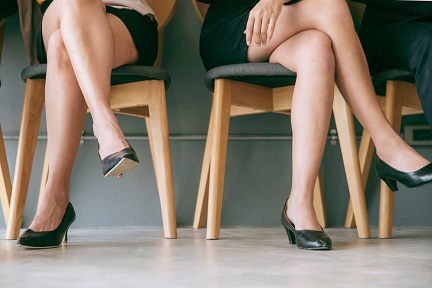What are varicose veins?
Varicose veins are twisted, swollen blood vessels commonly found in the legs and feet. They can be seen and felt through the skin, often appearing as blue or dark purple cords.
What are the causes?
First, let’s look at how the veins in your legs work. After other blood vessels bring blood down into your legs and feet, the veins have the gravity-defying job of taking that blood back up to your heart. To do this, they have a series of one-way valves that open to let blood up, and close to keep it from flowing back down. If the walls of the veins are weakened, they stretch out and prevent the valves from closing properly. The result is blood that begins to flow backward and pool in the veins, causing more stretching and swelling, and ultimately, twisting as the veins try to fit into their assigned space.
What are the symptoms of varicose veins?
Some people may have no symptoms, other than seeing the veins, while others may experience pain and discomfort. Common symptoms include:
- Aching legs or a “heavy” feeling
- Pain that gets worse after sitting or standing
- Swelling, along with a cramping, throbbing or burning feeling in the legs
- Itching around the veins
- Spots of pain, sometimes with red, inflamed areas on the skin
How can I care for my varicose veins?
If you aren’t experiencing any pain, or if you have only mild pain and swelling, you can ease your symptoms at home by wearing compression socks and elevating your legs. Walking and other low-impact exercise that gets your legs moving will improve blood flow.
Preventing varicose veins
You may not be able to totally prevent varicose veins from forming, but you can reduce your chances by taking these steps now:
- Avoid sitting or standing for long periods.
- When you do sit, don’t cross your legs.
- Achieve and/or maintain a healthy weight.
- Avoid wearing high-heeled shoes for long periods.
- Steer clear of tight clothing, especially around your waist, hips and legs.




